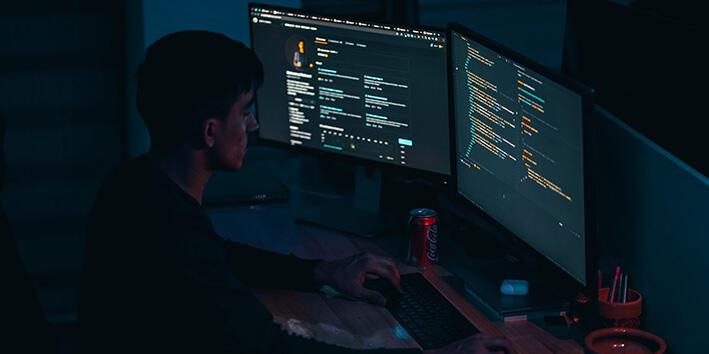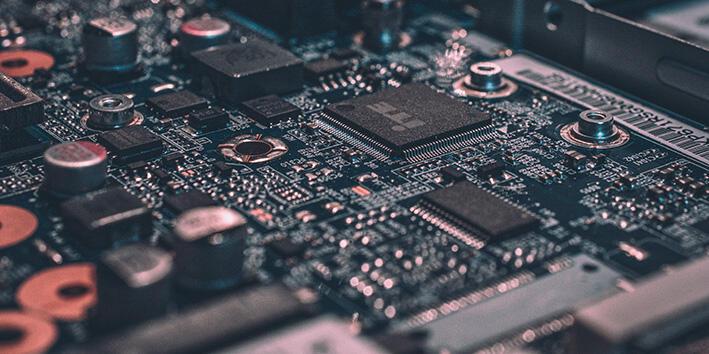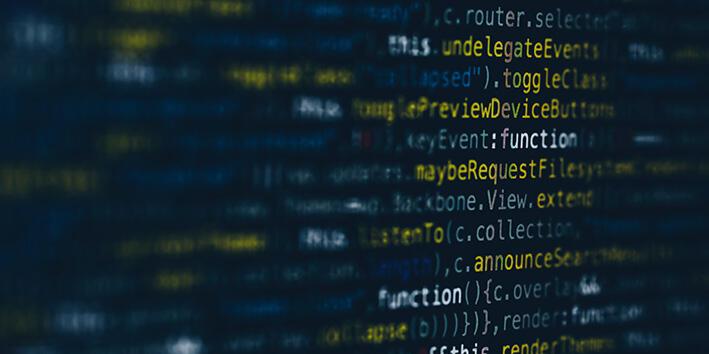This article was written by sixteen-year-old Sanjana Ahmed from Sarah Bonnell School in Stratford (London) as part of the Association of British Science Writers Young Science Writer of the Year Award competition supported by the BBC and the Ri.
Forensics is a broad field, and with the advancement of technology, the entire world is our limit. What are the implications of possessing such knowledge? Can the spread of this information be controlled? And is this violation of privacy the provocation of our doom or the saviour for our nation?
Computational or digital forensics [1] allows legal recovery of deleted data to be present in court as evidence. Along with assisting in cybercrime, it aids a multitude of physical world crimes, including murder, kidnapping and theft. This relatively new forensic specialism correlates to revolutionary breakthroughs in the way computers manipulate data. Laws are becoming heavily reliant on computers to assist in identifying evidence of crimes; however, this approach is also being integrated into the basics of all branches of forensics. Criminalists know the chemistry and biology required to match DNA to a fingerprint, yet computational forensics is utilised to bring victims to justice.
Moreover, since the introduction of digital forensics, businesses have flourished more than ever. Information can be tracked in order to identify and prosecute criminals, it assists with data recovery in the event of a network failure or malware attack, and also puts victims of crime as well as the police department at an advantage. Many law workers see it as their duty to protect civilians through these digital techniques (including tracking IP addresses, monitoring emails, and gaining access to the data of peripherals of servers). These digital techniques could potentially reduce the amount of political unrest in society.

Additionally, the advancement allows businesses to feel more protected about their data. We too are at ease due to the well-grounded and secure nature of the evidence produced - which brings most unsolved cases to a close. For example, the BTK case [3] - solved 30 years after the crime, all because of digital forensics. Charlie Otero (aged 15) and his two siblings came home to a scarring image of his parents and two youngest siblings (9 and 11) brutally murdered in 1974. The case was cold until 1978, when the murderer wrote a letter admitting what he had done, suggesting his own name ‘bind, torture, kill’. The rest of his cases were dismissed, but he kept killing. Only in 2005, when BTK sent a floppy disk to the Police, did they use the metadata in the disk to trace his whereabouts and identity. On June 27th, 2005, Dennis Rader - a man who had a seemingly regular life - was arrested. All 10 - and possibly more of his victims could finally be at peace.
However, is this justice? Taking advantage of the sensitive data of billions of people in order to gain evidence? While there are data protection laws stating that data must not be altered or used for the wrong reasons, the personal data that belongs to you is unrestricted to the government in the name of the law. Courts may grant a search warrant, or law enforcements may ask individuals for verbal or written consent to search items. Nonetheless, not all ‘voluntary’ consent is voluntary. In U.S.Habershaw, [4] many questioned whether officers involved had the right to search and seize the computer and if the defendant was capable of giving consent. [5] The defendant gave verbal permission for the officers to operate his computer after having stated the possible location of child pornography images on the computer. He contended that the officers did not have probable cause, despite the contraband being in plain view. Habershaw argued against the warrant issued, stating it violated Rule 41 [6] and claimed that the hard drive exceeded the search warrant. The defendant complained that technology is available to narrow down searches that would not exceed the scope of the search warrant. Even with the consent given, our ‘privacy’ is non-existent. With the advancement of technology, we are using unsuitable methods to find data evidence. Do the data protection laws apply to potentially dangerous criminals? Ultimately, how can we differentiate between an innocent person and a criminal without digital technology?

As a society with multiple governments, rules and regulations to follow, we should reach a consensus. Our data may never be truly personal. It is one of the drawbacks of the advancement of technology that we must accept. Preventing, proving and solving crime is more important. If we have the potential to view data to help bring justice, it would be foolish to stop that from happening. [7] What we need is to maintain proportionality. Make clear the guidance on data retention. Assure that digital forensic analysts won't take advantage. Overall, this requires the education of people (consent, legal processes) and the police department (identifying when it is appropriate, how to approach the situation). If we have nothing to hide, why can't it be justified?
About the award
The Young Science Writer of the Year Award is designed to get students aged 14-16 thinking and writing about the big questions in science, technology, engineering and maths, at a time when the rise of misinformation and dis-information, which is disproportionately consumed online by young people, is of increasing concern to children’s charities worldwide.
Read more essays from the competition:

References
References:
[1] - “What is computer forensics?” (Ben Lutkevich. May 5, 2021)
[2] - “Why is computer forensics important?” (Ben Lutkevich. May 5, 2021)
[3] - “Who Is the BTK Killer?” (Heather Finn. August 30, 2019)
[4] - U.S. v. Habershaw, Criminal No. 01-10195-PBS (D. Mass. May 13, 2002)
[5] - “Computer Forensics: The Need for Standardization and Certification”, International Journal of Evidence (Meyers, Mathew and Rogers, Fall 2004, Volume 3 Issue 2)
[6] - “The Playpen Story: Rule 41 and Global Hacking Warrants”, What is Rule 41? (Mark Rumold, September 26, 2016)
[7] - “Unleashing the value of digital forensics” (Stephen Walcott, January 25, 2021)